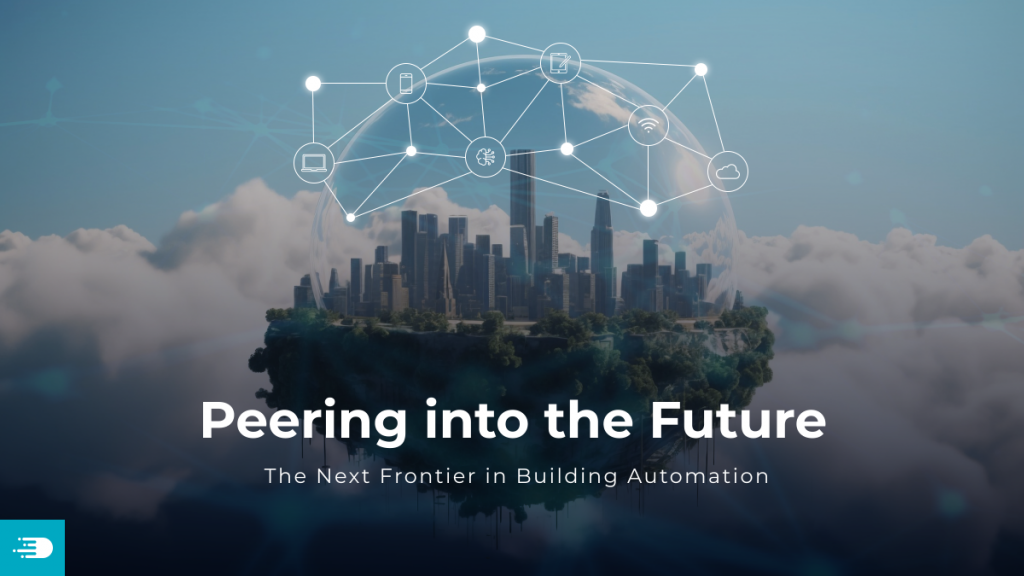Introduction
The integration of Artificial Intelligence (AI) and Big Data analytics into Building Automation and Management Systems (BAMSs) marks a significant milestone in the evolution of smart buildings. This technology not only enhances operational efficiency but also opens new avenues for energy saving, occupancy optimisation, improved indoor environmental quality, and enhanced occupant comfort. The study by Himeur et al. (2022) lays the groundwork for understanding this integration, and this article aims to build upon that foundation with additional insights and real-world examples.
The AI-Driven Evolution of BAMSs
Historically, BAMSs were limited in scope, primarily focusing on basic control and monitoring functions. The advent of AI and Big Data has expanded these capabilities exponentially. For instance, Google’s DeepMind AI reduced the energy used for cooling their data centers by 40%, showcasing the potential of AI in optimizing building operations.
Numerical Insights into AI’s Impact
- Energy Efficiency: The U.S. Department of Energy reports that commercial buildings can reduce energy costs by up to 30% by implementing AI-driven energy management systems.
- Operational Costs: AI applications in facility management, like Siemens’ Navigator system, have shown to cut down energy costs and operational expenses by up to 20% in commercial buildings.
- Safety and Security: AI-enhanced security systems, such as those developed by companies like Honeywell, have improved threat detection accuracy by over 35%, ensuring better protection for building occupants.
How AI and Big Data Revolutionize BAMSs
- Predictive Maintenance: AI algorithms can analyse historical data, including data from occupancy sensors to predict equipment failures. For example, IBM’s Watson IoT platform has been used in buildings to predict HVAC system failures, reducing downtime and maintenance costs.
- Optimised Energy Consumption: AI-driven systems, like the ones used in the Edge building in Amsterdam, utilise sensors and real-time data to adjust lighting, heating, and cooling systems, leading to a 15% decrease in energy consumption. This translates to significant cost savings.
- Enhanced Security: AI models in security systems can now analyse video feeds in real-time to detect unusual activities, significantly enhancing building security. An example is Cisco’s video surveillance manager, which uses AI to provide advanced monitoring8.

The Future: AI’s Growing Role in BAMSs
The future of AI in BAMSs is promising, with trends indicating a shift towards more autonomous, interconnected, and intelligent systems. The integration of AI with the Internet of Things (IoT) is expected to create buildings that not only manage themselves but also adapt to the needs of their occupants. The concept of “digital twins”, virtual replicas of physical buildings is another area gaining traction, allowing for more accurate simulations and optimisations for space management.
Challenges and Barriers to AI Integration in BAMSs
While the integration of AI and Big Data in Building Automation and Management Systems (BAMSs) offers numerous advantages, it’s essential to understand the challenges and barriers that come with it. Here’s a comprehensive look:
- Data Privacy and Security: With the increasing amount of data being collected and analysed, there’s a heightened risk of data breaches. Ensuring the privacy and security of this data is paramount. For instance, a breach in a building’s security system could lead to unauthorized access, posing a threat to occupants.
- High Initial Costs: Implementing AI-driven BAMSs requires significant initial investment. This includes the cost of sensors, software, and other infrastructure. For many building owners, especially those with older buildings, this can be a deterrent2.
- Integration with Legacy Systems: Many buildings still operate on older BAMSs. Integrating AI and Big Data tools with these legacy systems can be complex and may require substantial modifications.
- Lack of Skilled Personnel: The field of AI in building management is relatively new. There’s a shortage of skilled professionals who understand both building operations and AI. Training existing staff or hiring new talent can be challenging and costly.
- Data Overload: While Big Data offers the potential for insights, it can also lead to information overload. Filtering out the noise and extracting meaningful insights requires sophisticated algorithms and tools.
- Interoperability Issues: With various manufacturers providing different components for BAMSs, ensuring that all these components communicate seamlessly can be a challenge6.
- Reliability Concerns: As with any technology, there’s a concern about the reliability of AI-driven systems. Ensuring that these systems operate without failures, especially in critical situations, is crucial.
Conclusion
The integration of AI and Big Data in BAMSs is revolutionising the way buildings are managed and operated. From energy savings to enhanced security, the benefits are clear and measurable. As technology advances, we can expect even more innovative applications of AI in building management, leading to smarter, more efficient, and more sustainable buildings. However, it’s essential to navigate the challenges and barriers effectively to harness the full potential of this integration. By understanding these challenges, stakeholders can make informed decisions and implement strategies to mitigate risks.
References
- Himeur, Y., et al. (2022). AI-big data analytics for building automation and management systems.
- DeepMind AI Reduces Google Data Centre Cooling Bill by 40%. (2016).
- U.S. Department of Energy. (2020). Energy Efficiency in Buildings.
- Siemens. (2021). Navigator System for Building Management.
- Honeywell. (2019). AI in Building Security.
- IBM. (2020). Watson IoT for Predictive Maintenance.
- The Edge. (2018). Amsterdam’s Smart Building.
- Cisco. (2021). Video Surveillance Manager.
- Gartner. (2022). Digital Twins in Smart Buildings.


Hi there to every single one, it’s in fact a pleasant for me
to pay a quick visit this website, it consists of helpful Information.
I have read so many content regarding the blogger lovers but this post is genuinely a good paragraph,
keep it up.